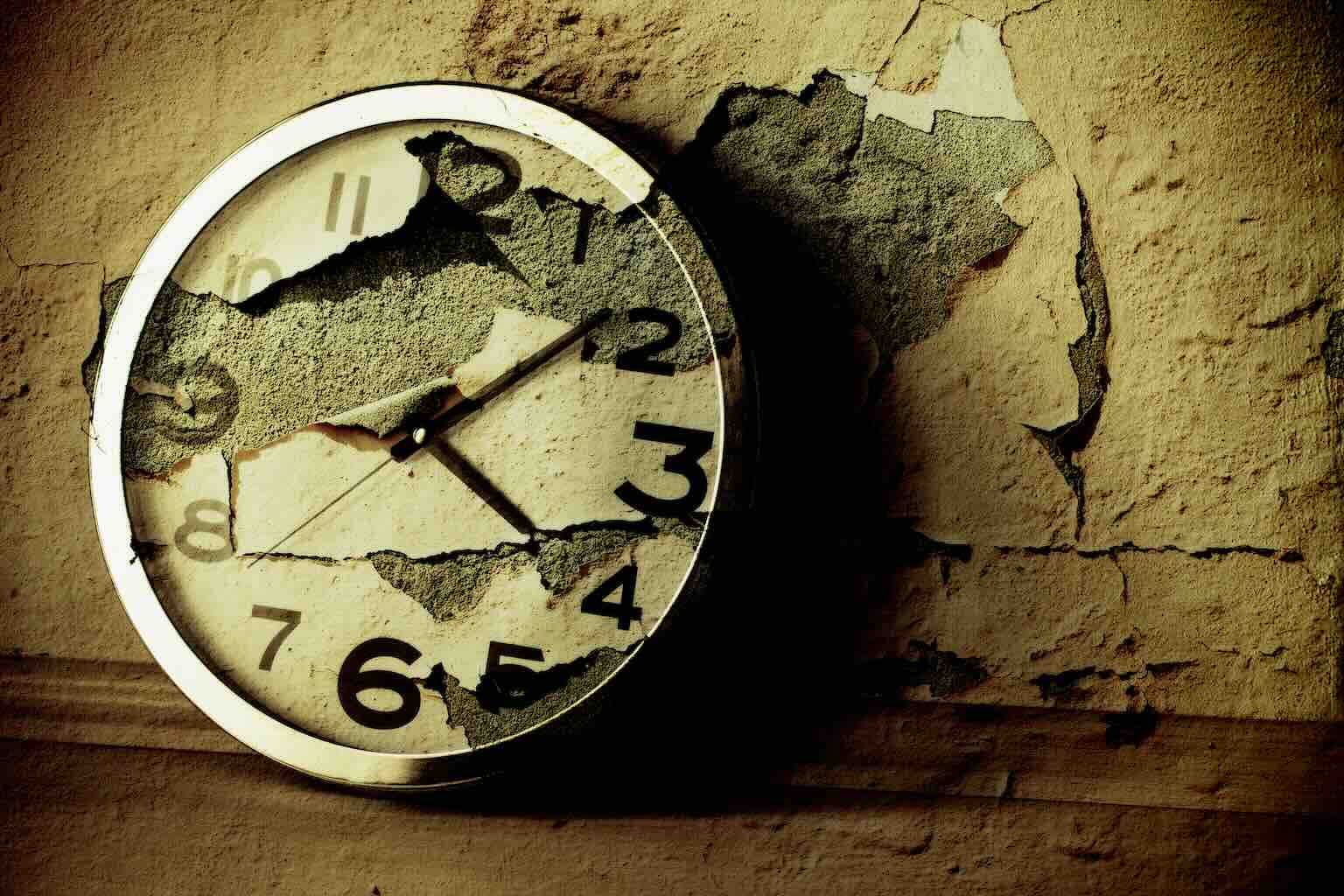When clocks shift, it may seem like a small change, but the effects are real. Sleep, mood, and daily routines can all be disrupted. With the end of Daylight Saving Time, we gain an extra hour, yet adjusting takes intention. A smooth transition depends on light, timing, and a few smart habits.
What’s Changing and Why It Happens
Daylight Saving Time (DST) in the U.S. follows a fixed schedule:
- Starts: second Sunday in March
- Ends: first Sunday in November
In spring, we lose an hour. In fall, we gain one—bringing brighter mornings but earlier sunsets. In 2025, the change happens on Sunday, November 2 at 2:00 a.m.. Most people will set clocks back before bed Saturday night. Phones and computers update automatically, but ovens, microwaves, and car dashboards need manual resets.
That extra hour can be used for rest or relaxation, but without planning, your body’s rhythm and schedule can fall out of sync.
How the Time Change Affects Your Schedule
Turning clocks back brightens mornings but darkens evenings earlier. This affects:
- Commutes: lower visibility during rush hour
- Exercise: outdoor workouts may need earlier times
- Family life: dinners and activities shift into darker hours
- Screen use: earlier sunsets may increase evening device time
Research shows gaining an hour is easier on the body than losing one. Still, shorter days can bring fatigue, low energy, and mood dips. Steady routines help you adjust faster.
The Link Between Light, Mood, and Sleep
Your internal clock resists sudden shifts, which is why experts call the time change a reset opportunity. Morning sunlight helps signal alertness, while evening darkness encourages rest.
For some, shorter days trigger seasonal affective disorder (SAD), with low mood, fatigue, and poor focus. To combat this, prioritize:
- Morning sunlight exposure
- Daily movement, even short walks
- Consistent sleep and wake times
Smart Sleep Strategies for a Smooth Adjustment
These simple adjustments ease the transition:
- Shift bedtime 15–20 minutes earlier in the days before
- Wake at the same time daily, weekends included
- Eat dinner slightly earlier to match the new schedule
- Avoid caffeine after 3 p.m.
- Dim lights and reduce screen use before bed
- Take short naps (20 minutes max) if needed
Safety Concerns With Darker Evenings
DST was originally created to save energy and reduce accidents. But earlier sunsets increase evening risks. To stay safe:
- Run errands earlier in daylight
- Wear reflective clothing for evening walks
- Use reminders to head home before dark
The History and Debate Around DST
Daylight Saving Time has been in use for over 100 years:
- WWI: introduced to save fuel
- WWII: reintroduced for the same reason
- 1966: standardized under the Uniform Time Act
Today, the Department of Transportation manages DST, but not all states follow it. Arizona (except the Navajo Nation) and Hawaii stay on standard time year-round. U.S. territories also opt out.
In 2022, the Senate passed the Sunshine Protection Act to make DST permanent, but it stalled in the House. Critics argue permanent DST could cause chronic “jet lag.”
Home Safety Checks and Practical Prep
The clock change is a good reminder for seasonal home safety. Firefighters recommend replacing smoke detector batteries now—since 60% of fire deaths involve alarms that failed. Other smart steps include:
- Check all manual clocks
- Review emergency kits and batteries
- Improve evening sleep hygiene with dim lighting and cool rooms
A Clear Plan for November 2, 2025
On November 2, 2025, clocks fall back one hour. With good planning, that bonus time becomes a gift. Prioritize sleep, morning light, and safety checks to make the transition smooth and refreshing.
Think of it as a seasonal reset—a chance to fine-tune routines, protect health, and prepare your home. With the right habits, the end of Daylight Saving Time can feel less like a disruption and more like an opportunity.
